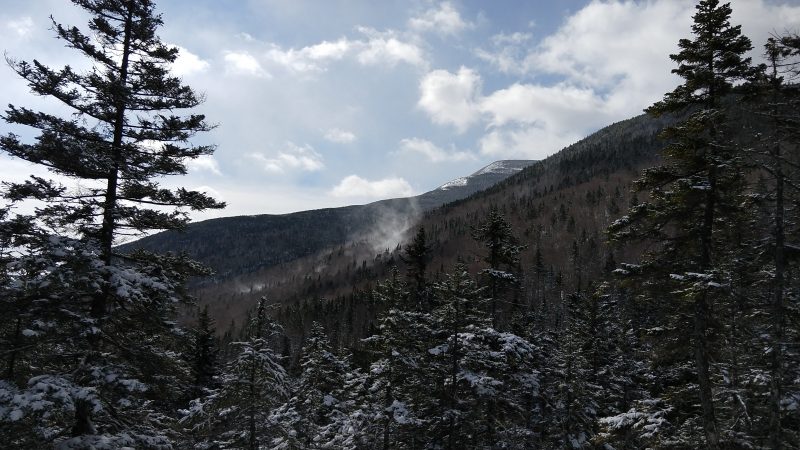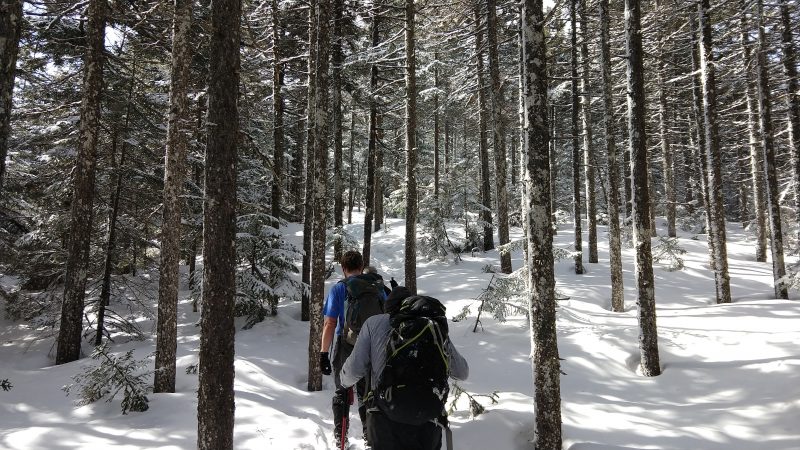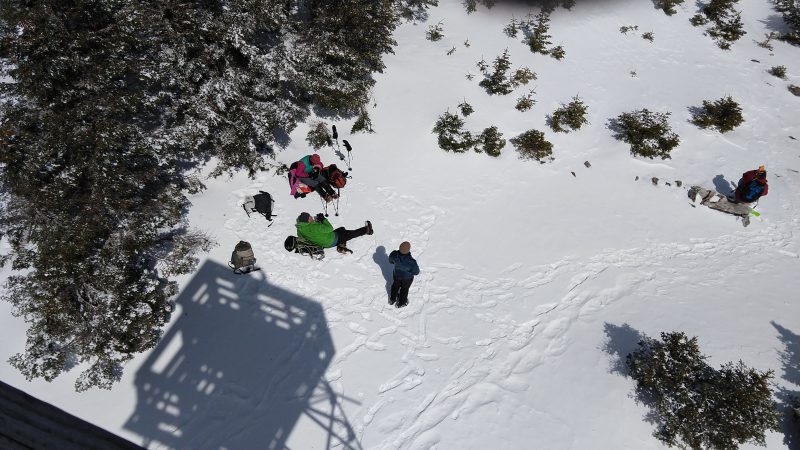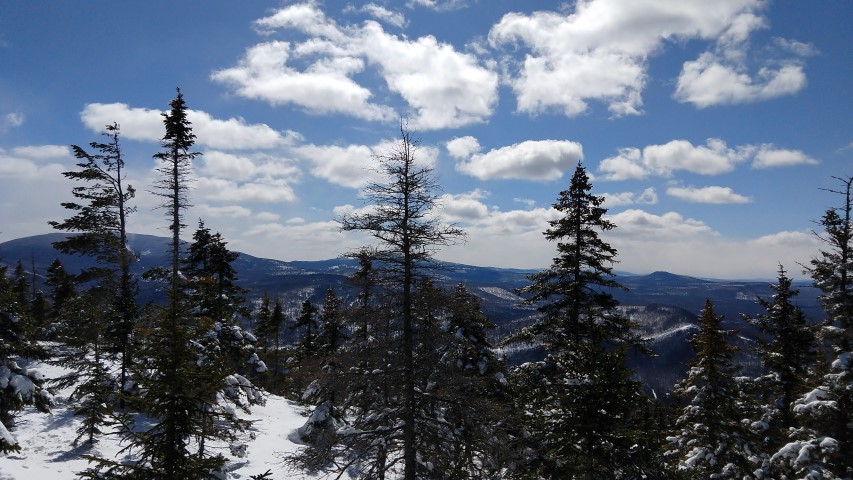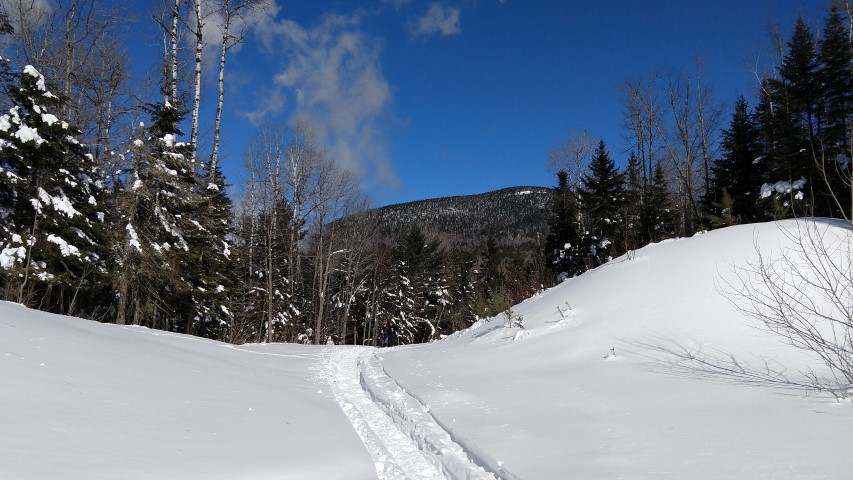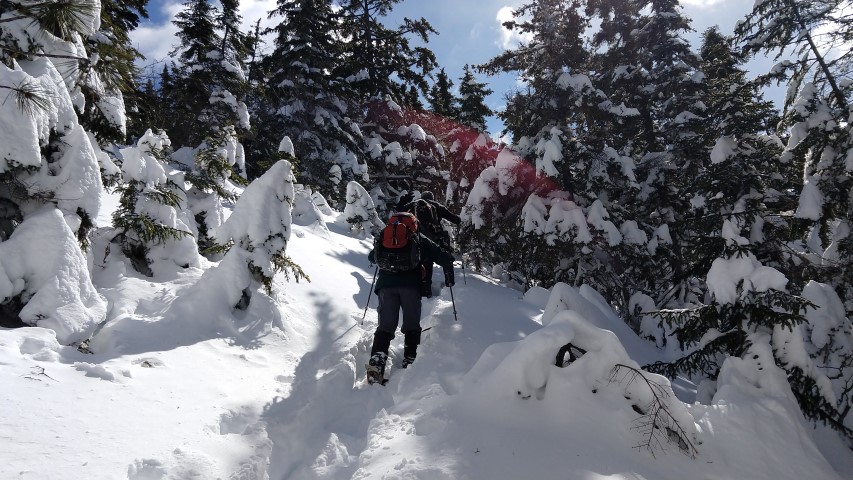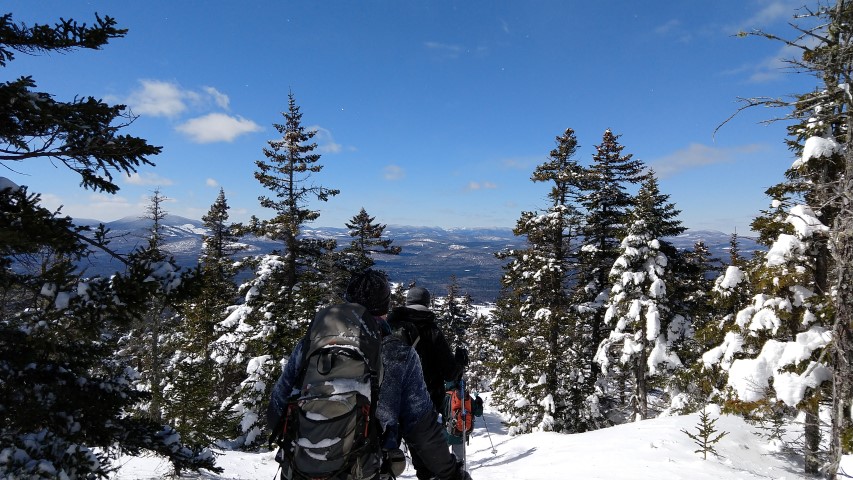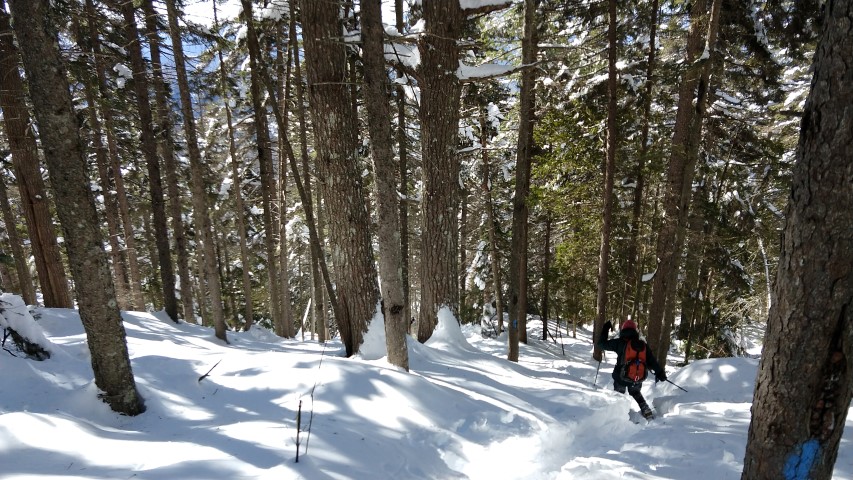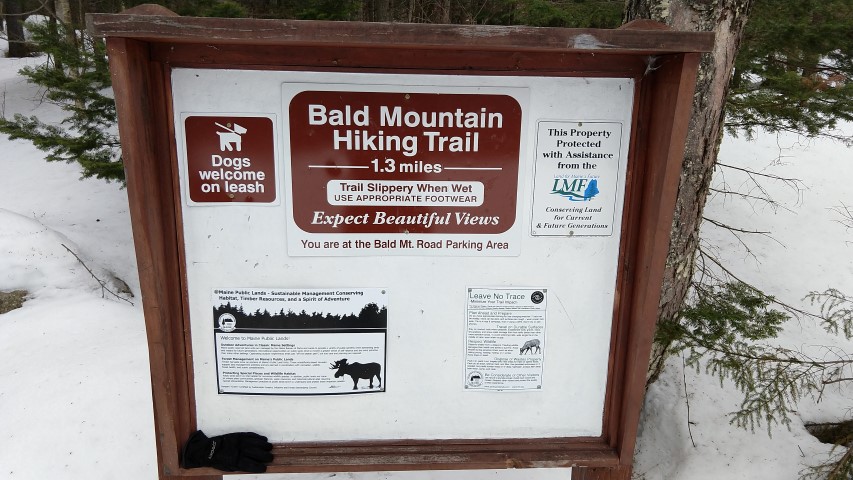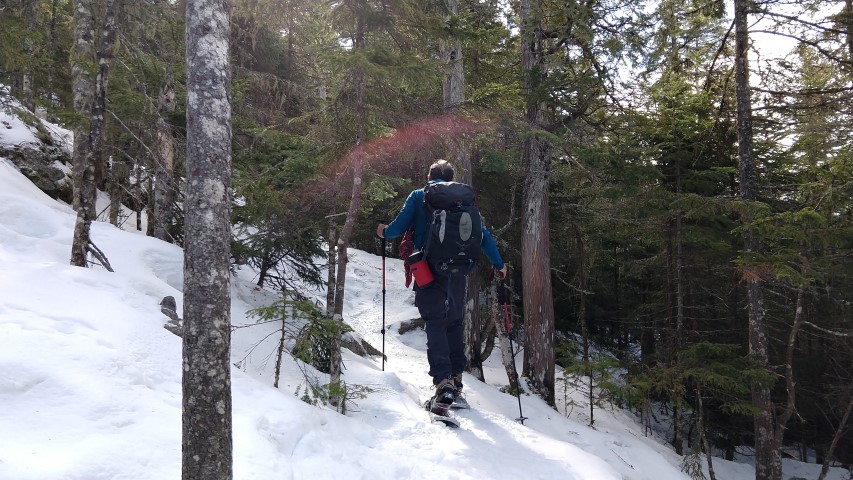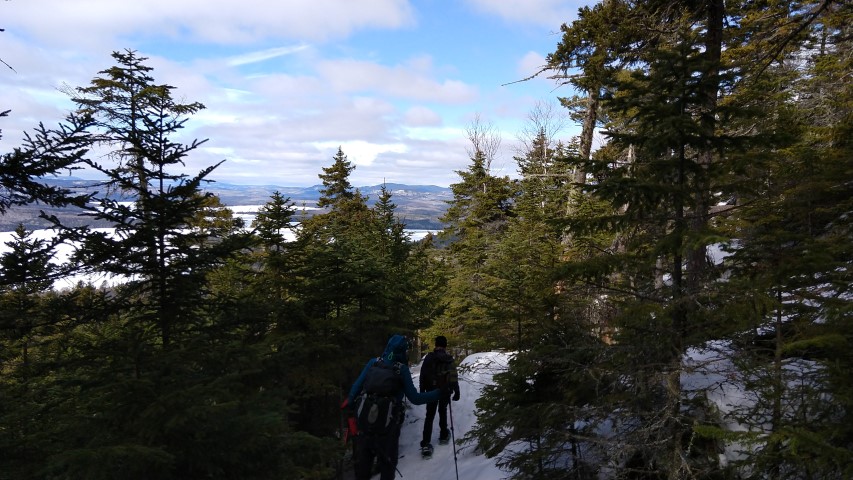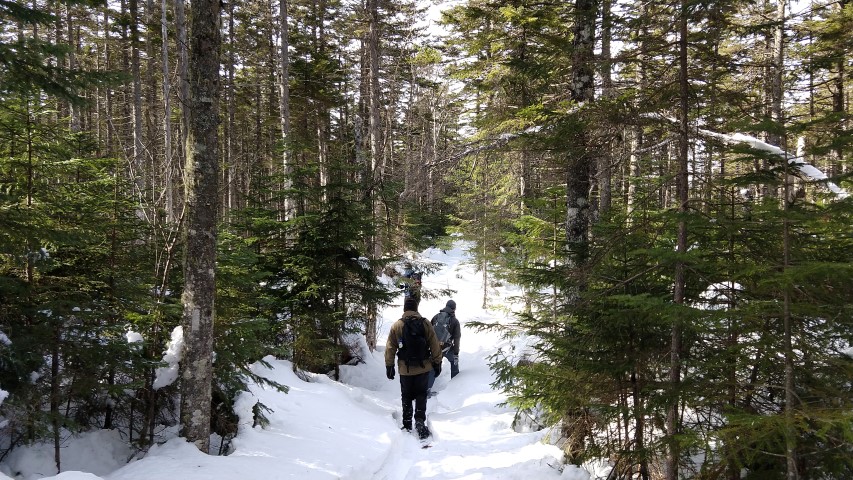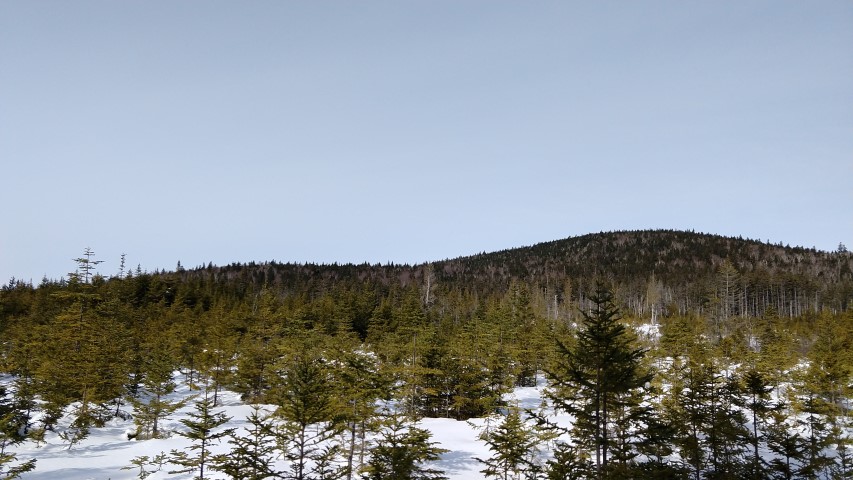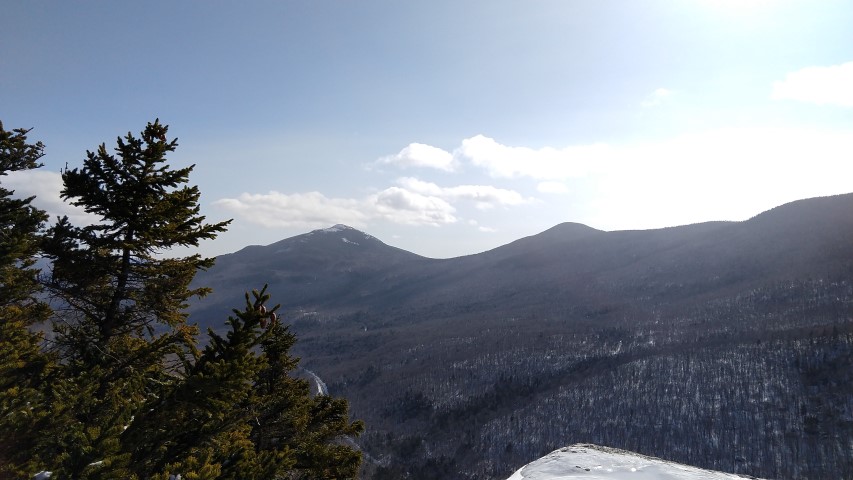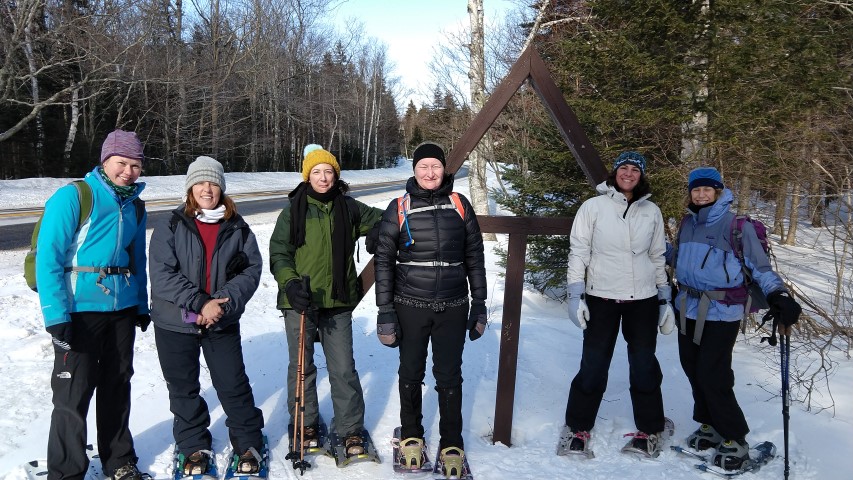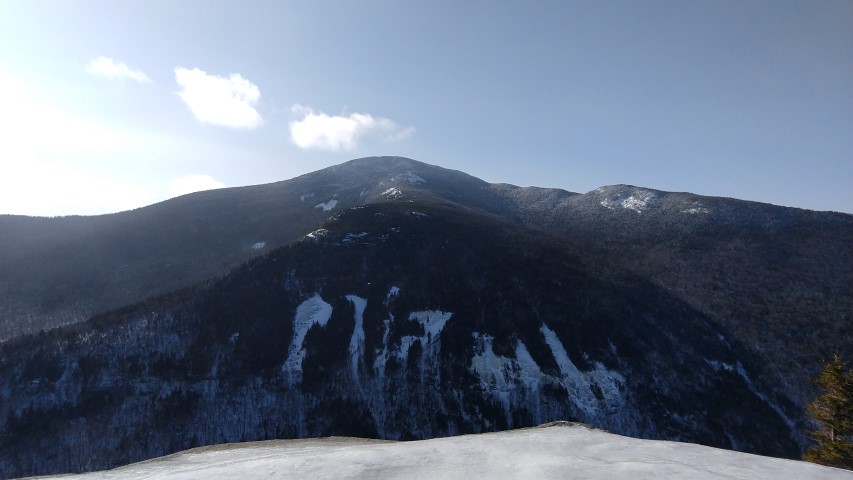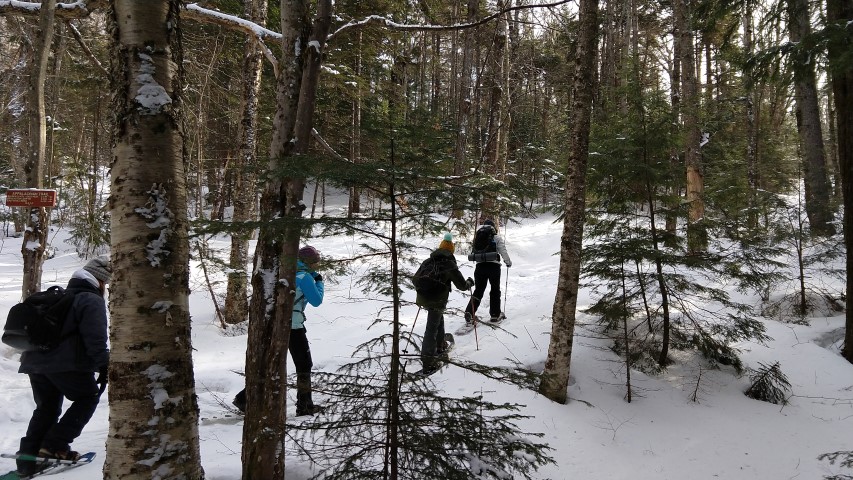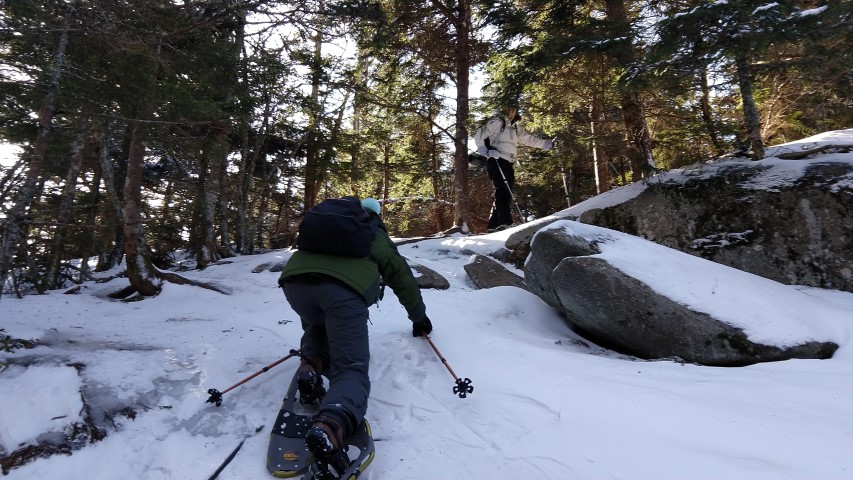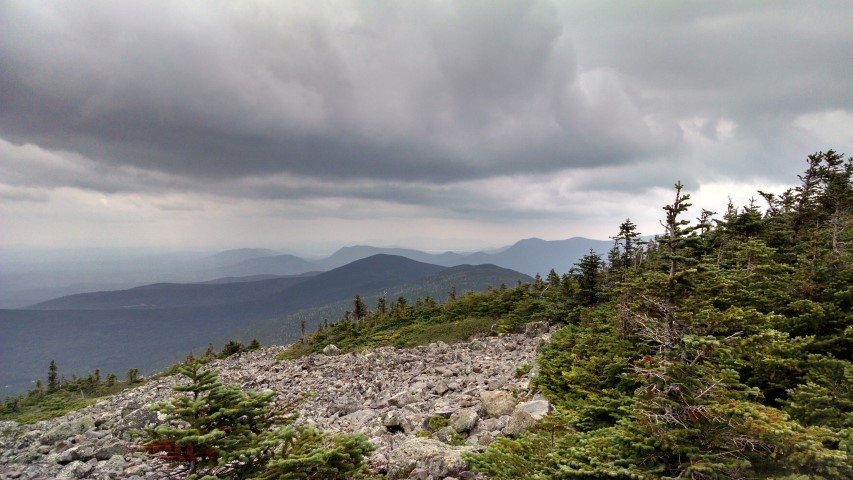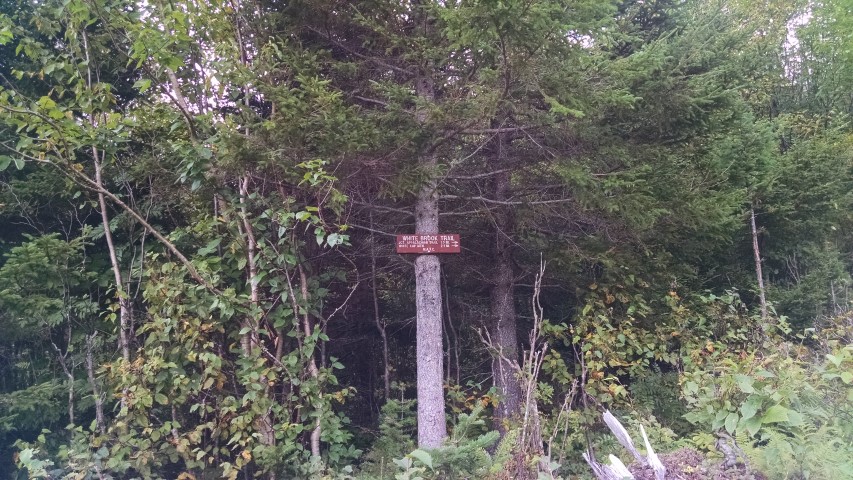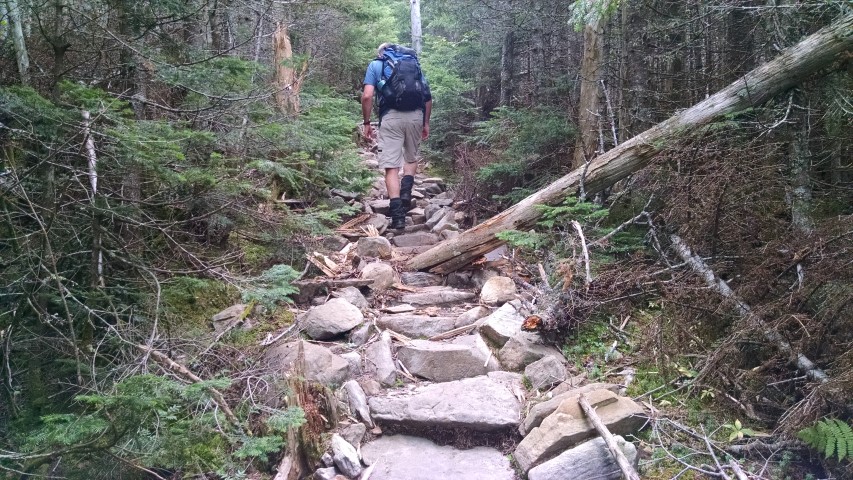Now that the holidays are behind us and we have taken stock of things we are grateful for, many of us will be giving thanks for a wonderful place in Maine that is now protected for our communities and our planet: the Gulf Hagas-Whitecap project. We are grateful for the dedication and hard work on the part of Maine conservation organizations, partners in state government and most of all, an extremely generous landowner who made this all happen.
The Gulf Hagas-Whitecap project, which was initiated four years ago by the Forest Society of Maine, is a 10,000-acre area of mountains, forests and recreation land smack in the middle of the fabled 100-Mile Wilderness. 7,138 of those acres are now protected by a conservation easement that ensures public access to the forests for recreation and that the land will remain a productive working forest. The project also transferred 1,264 acres of land to the Maine Department of Agriculture, Conservation and Forestry, Bureau of Parks and Lands, which includes a key segment of the KI Road and public access to the region for hunting, fishing, camping, hiking and the movement of forest products . This parcel of land includes five miles of the West Branch of the Pleasant River, renowned for its high-quality brook trout fishing and paddling opportunities. Lastly, a forest products industry landowner kindly donated 1,574 acres of high-elevation lands abutting the Appalachian Trail (A.T.), including much of White Cap Mountain, the highest peak in the 100-Mile Wilderness, to the Maine Appalachian Trail Land Trust. Without this donation, the other two components of the project could not have been completed.
This wonderful area has permanent public access, conserved forests and fisheries habitat, eleven miles of protected, high-elevation land on the A.T.—in short, something for all Mainers to enjoy for years to come. This project succeeded because of collaboration between the forest landowner, the Bureau of Parks and Lands, a grant from the Land for Maine’s Future program, active support from Maine’s Congressional delegation, involvement from local businesses, and contributions from many generous organizations and people who know and love the region. The hard work of many individuals over many years–including Alan Hutchinson of the Forest Society of Maine, who sadly passed away in August— and the patience and generosity of the landowner, enabled this magnificent project to be completed. As we move away from the holidays into the heart of winter, we are thankful for all the benefits to current and future generations because the Gulf Hagas-Whitecap project was completed.





